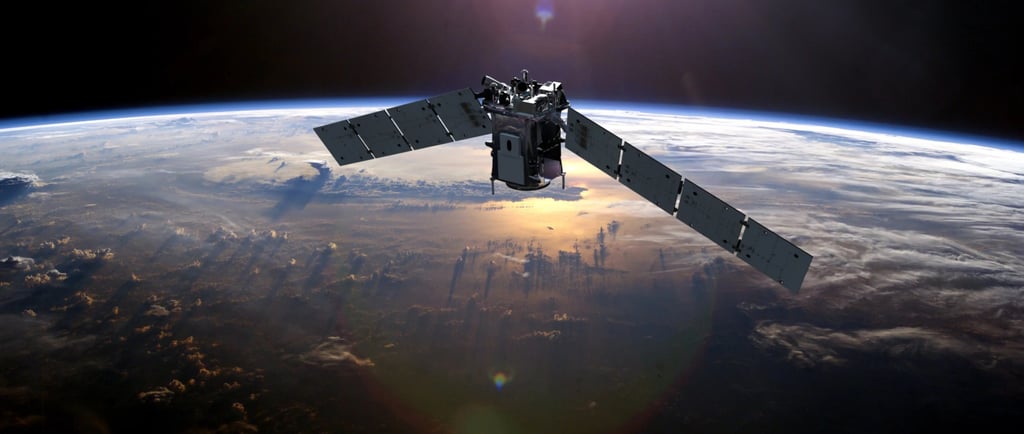The TIMED Mission


Understanding the Mesosphere and Lower Thermosphere
The Earth's atmosphere is a complex system divided into various layers, each playing a significant role in our planet's environment. Among these layers, the mesosphere and lower thermosphere, or ionosphere, are often the least explored due to their challenging conditions. This phase of the atmosphere serves as a critical gateway between Earth and space, making it an essential area of study. Researchers have initiated timed missions to elucidate the intricate relationship between solar activity and human influence in these regions.
The Role of the Sun in Atmospheric Dynamics
Understanding how the sun's energy interacts with the mesosphere and lower thermosphere is crucial for comprehending broader atmospheric dynamics. Solar radiation is absorbed by atoms and molecules within these layers, leading to various physical and chemical reactions. This energy deposition significantly influences atmospheric temperature, ionization levels, and even climate patterns on Earth. The research conducted in this context aims to delve deeper into how solar phenomena affect these layers and, subsequently, Earth's environment.
Challenges and Innovations in Atmospheric Studies
Researching the mesosphere and lower thermosphere presents significant challenges due to the regions' altitude, which can extend from approximately 50 kilometers to 200 kilometers above the Earth's surface. The harsh conditions in these areas make direct exploration difficult. However, advancements in technology and methodology, such as satellites and high-altitude balloons, have empowered scientists to gather vital data and conduct experiments in these stratospheric layers.
Timing is critical for these missions, as they must align with specific solar phenomena, such as solar flares or geomagnetic storms, to capture the most relevant data. By studying these occurrences, researchers aim to paint a clearer picture of the sun's influence on the mesosphere and its overall effects on Earth.
The ongoing investigations and analysis will not only advance our understanding of atmospheric science but will also provide insight into how these regions respond to natural forces and human activities. This research has the potential to inform future policies on space exploration, satellite communications, and climate change mitigation strategies.
In conclusion, the exploration of the mesosphere and lower thermosphere serves as a testament to humanity's quest for knowledge. As researchers continue their timed missions to uncover the dynamics of solar influence on these less-explored areas, they contribute significantly to our understanding of the Earth-atmosphere interaction. The outcome of these studies could broaden our perspective on how we interact with our environment and space as a whole.
